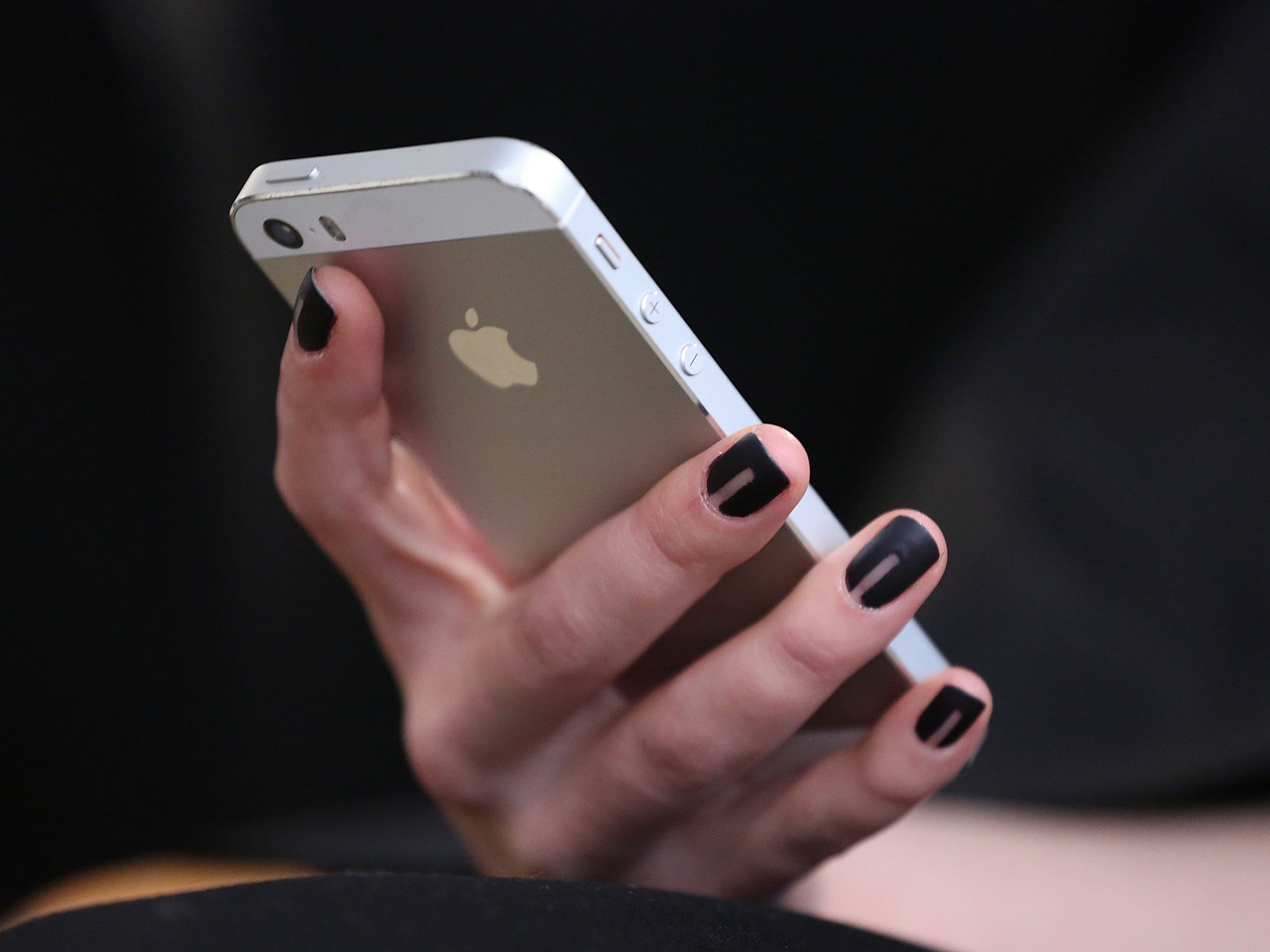Error 53: Apple accused of 'arrogant approach to customers' over secrecy around issue
The problem has been named after a fateful notification received by numerous iPhone users

Your support helps us to tell the story
From reproductive rights to climate change to Big Tech, The Independent is on the ground when the story is developing. Whether it's investigating the financials of Elon Musk's pro-Trump PAC or producing our latest documentary, 'The A Word', which shines a light on the American women fighting for reproductive rights, we know how important it is to parse out the facts from the messaging.
At such a critical moment in US history, we need reporters on the ground. Your donation allows us to keep sending journalists to speak to both sides of the story.
The Independent is trusted by Americans across the entire political spectrum. And unlike many other quality news outlets, we choose not to lock Americans out of our reporting and analysis with paywalls. We believe quality journalism should be available to everyone, paid for by those who can afford it.
Your support makes all the difference.Users of the Apple iPhone 6 have experienced their worst nightmare with reports spreading of a mysterious malfunction that would render their devices useless.
The so-called "Error 53" problem has been named after a fateful notification that has been received by numerous iPhone users who have allowed their devices to be repaired by a non-Apple technician. Shortly after receipt of the message, the phone has ceased to work.
The notoriously private Apple has released little information on the issue, which has caused outrage in the specialist press. Mike Wehner, a technology writer for the Daily Dot website, said that his iPhone 6 Plus had been left "effectively dead to the world" by an Error 53 alert.
In an article, headlined "Error 53 will kill your iPhone and no one knows what it is", he explained that he received the dreaded alert after attempting to update his iPhone operating system, following previous problems with the Touch ID fingerprint sensor.
Others who have received Error 53 messages before their phones have been "bricked" (as the tech world refers to a dysfunctional device), have had them repaired by independent shops in remote regions. Thousands have sought information on the Error 53 issue from the specialist blog iFixit.
Mark Ellis, MD at digital agency Syzygy, criticised Apple's secrecy around the issue as "appalling service". He said: "The bigger question is whether Apple will continue to get away with its all-too-often arrogant approach to customers in times of crisis."
Technology expert Paul Swaddle told The Independent that the Error 53 feature was designed to protect users from fraud and identity theft. "It's an anti-hacking issue," he said. "The Touch ID pad is closely related to payments. They are doing this as a protection issue around consumers."
Mr Swaddle, CEO of the London-based app development company Pocket App, said Apple was probably wary of fraudsters finding a way to compromise fingerprint ID. "They want to try and prevent that before it happens," he said. "Apple are a very protective organisation … if you want to play with a device you get an Android."
He said the Error 53 issue first surfaced late in 2014 and that the vast majority of iPhone 6 users would have no problems with upgrading their operating system.
He advised iPhone users heading to remote places far from any Apple store to carry an alternative handset: "I'd recommend an old Nokia with a battery life of a week."
Join our commenting forum
Join thought-provoking conversations, follow other Independent readers and see their replies
Comments